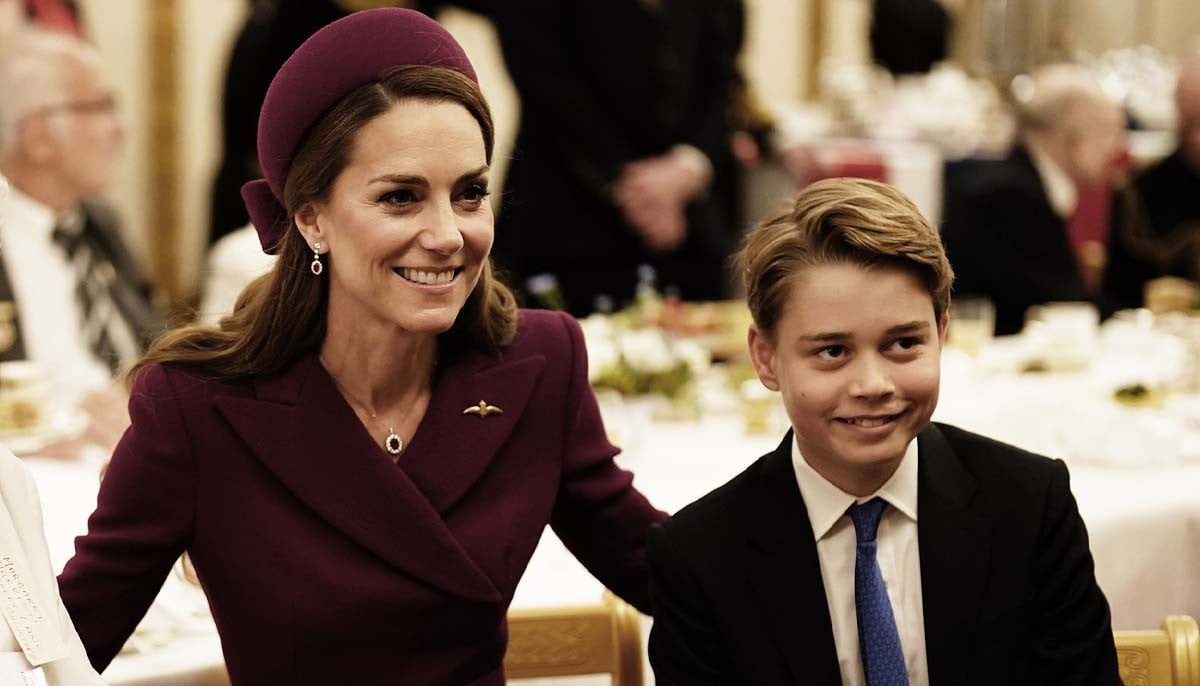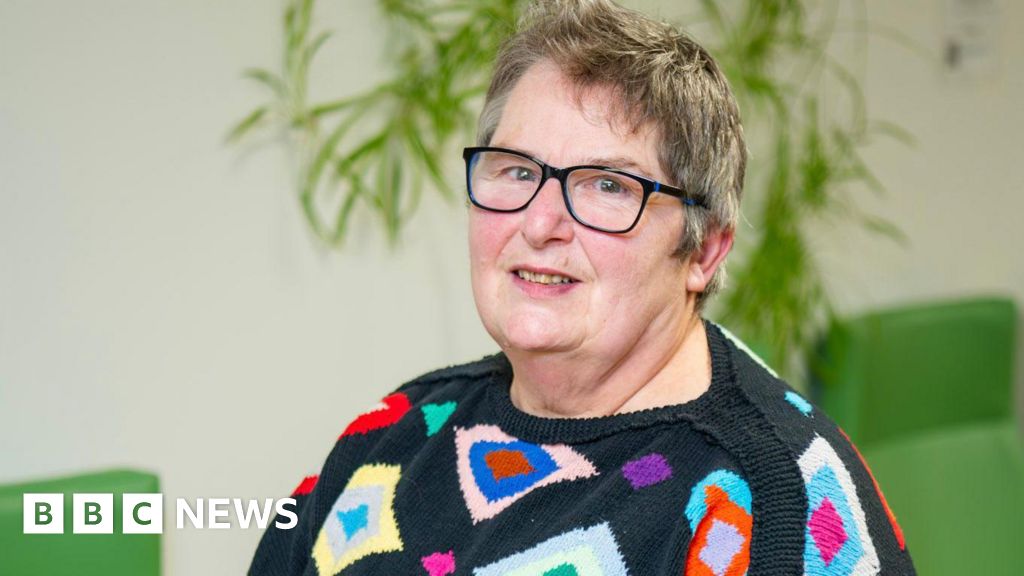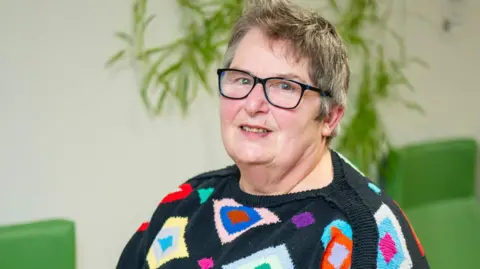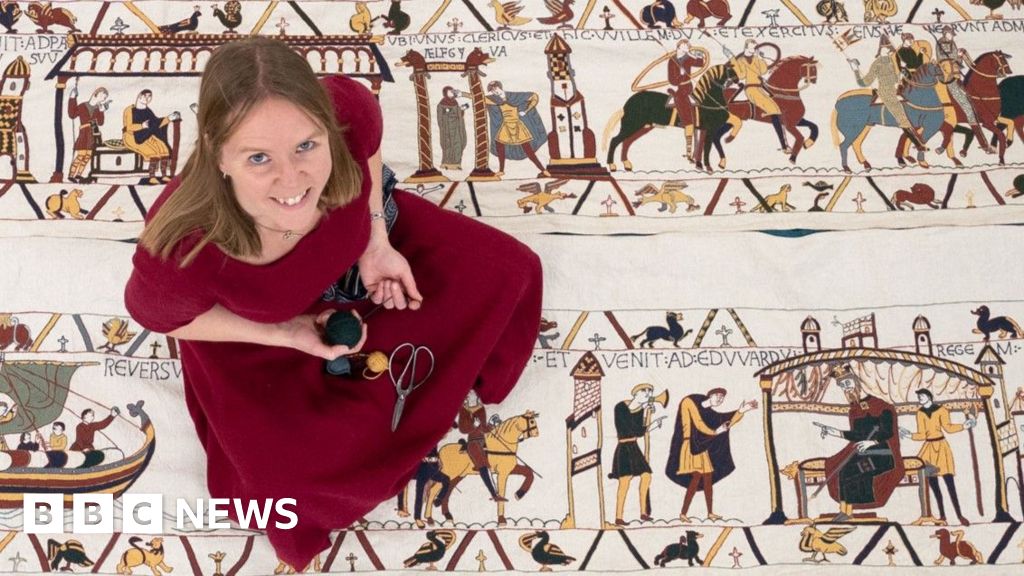A 74-year-old woman said she had been given a “once in a lifetime chance” after she qualified for the Hyrox World Championships.
Annie Reid, from Bulmer, Essex, has always been active, but started training at a gym in Lavenham, Suffolk a few years…

A 74-year-old woman said she had been given a “once in a lifetime chance” after she qualified for the Hyrox World Championships.
Annie Reid, from Bulmer, Essex, has always been active, but started training at a gym in Lavenham, Suffolk a few years…

Kate Middleton had a hilarious reaction to fan’s bold prediction…

Thailand and Cambodia have agreed to an immediate ceasefire, the defence ministers of the two countries said in a joint statement on Saturday.
Both sides have agreed to freeze all troop movements and allow civilians living in border areas to…

Purchasing properties affected by large-scale construction projects is common practice, and is often carried out well in advance of work taking place.
A spokesperson for National Highways said the LTC would “improve journeys and bring significant benefits to people and businesses across the region”, but acknowledged there would be “an impact on properties along the route of the new road”.
“Through a comprehensive programme of consultation we have been able to significantly reduce the number affected by almost 70%, and reached voluntary agreements with many,” they said.
The spokesperson added that National Highways had been in touch “with all people with an interest in land affected by the project for almost a decade”, and was “committed to paying a fair market value to property owners.”

 Ash Field/Our Tiny Windows
Ash Field/Our Tiny WindowsSmall businesses have a lot to contend with these days – not least standing out from the crowd and…

A panel under the Ministry of Environment has approved the 260-megawatt Dulhasti Stage-II hydropower project on Chenab river in Jammu and Kashmir’s Kishtwar district, officials said on Saturday.
The clearance comes in the backdrop of India…

 Cambridge University Hospitals
Cambridge University HospitalsA breast cancer patient who says a mammogram likely saved her life has urged people to attend routine screening appointments.
Shirley, 69, from Cambridge,…

 PA Media
PA MediaMia Hansson is in a race against time.
As the British Museum prepares to put the Bayeux Tapestry on display in London next September, the…